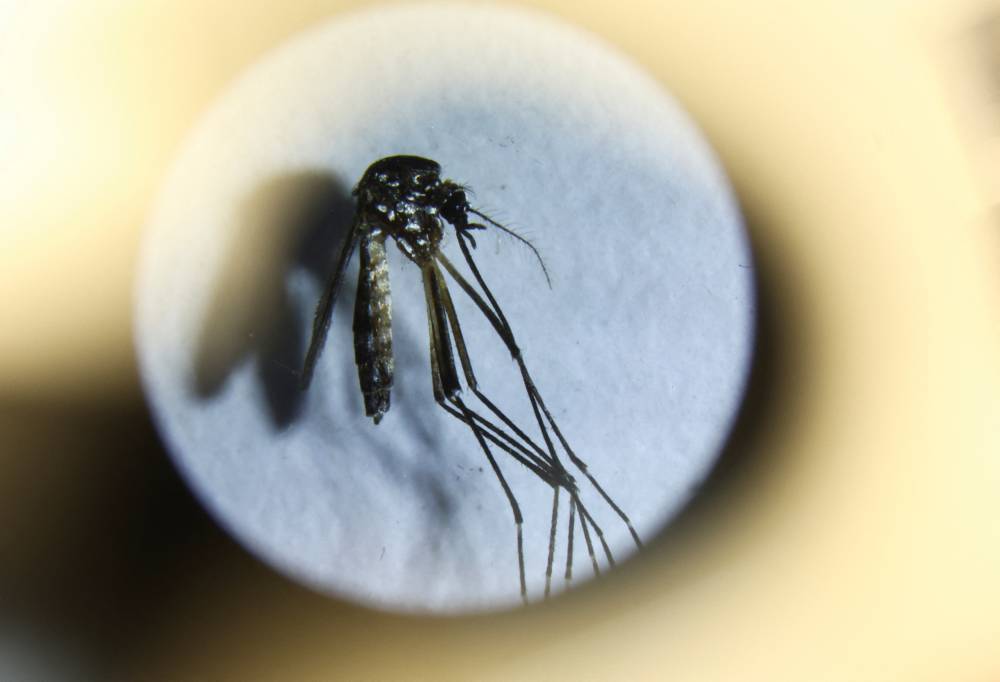UP Baguio scientists aid city execs in tracking dengue cases

An Aedes aegypti, seen under a microscope, is a mosquito that can spread dengue fever —file photo/Agustin Marcarian
BAGUIO CITY, Philippines — Scientists from the University of the Philippines (UP) Baguio have been closely coordinating with the Baguio City Health Services Office (BCHSO) to track dengue cases in the city to help the local government craft stronger health policies.
Dengue cases in Baguio City have spiked since June, with the City Epidemiology and Surveillance Unit (Cesu) of the CHSO saying that there was a 134-percent increase in cases from January to June this year compared to the same period last year.
According to the CHSO, the rise in cases had reached an “alarming level.”
READ: DOH says dengue cases rising, logs over 90,000 from Jan-June 29
Headed by Dr. Rizavel Addawe, a scientist and UP professor, along with several other mathematics faculty from UP Baguio, the dengue tracking program analyzes raw data from the BCHSO and maps dengue cases per barangay.
Article continues after this advertisementJhunas Viernes, a member of Addawe’s team and a math lecturer, said by mapping the data it would be easier to visualize which places have a clustering of cases.
Article continues after this advertisement“When they see which barangays have a concentration or clustering of dengue, they know which places need medical interventions,” Viernes said in a recent interview.
In an advisory on June 29, the BCHSO said the barangays with the highest clustering of dengue cases were Irisan, Bakakeng Central, Asin Road, Pacdal, Sto. Tomas Proper, Gibraltar, West Quirino Hill, Mines View Park, Middle Quirino Hill and Victoria Village.
Insecticides
“The data from our project helps them (BCHSO) identify which places need larvicide and adulticide, as well as cleaning operations to reduce mosquito populations,” Addawe added. Larvicide and adulticide are insecticides used to kill mosquitoes.
Addawe hoped that, amid the surge in dengue cases, their findings would eventually translate to stronger local policies for dengue prevention.
“That’s really the goal of the project: to give feedback for policymaking,” she added.
Their findings, she said, would be relayed to the Cesu chief, Dr. Donnabel Tubera-Panes.
Apart from mapping, Addawe’s team also uses data to predict when dengue cases are expected to rise and how fast the rise happens.
Joseph Marigmen, another team member and a math instructor, said that based on a 10-year analysis, dengue cases usually have an uptick around the end of June until September.
“That’s the trend from 2010 to 2022, with the peak usually around August or September. The information from that trend helps us prepare for this period where cases spike,” Marigmen said in a separate interview.